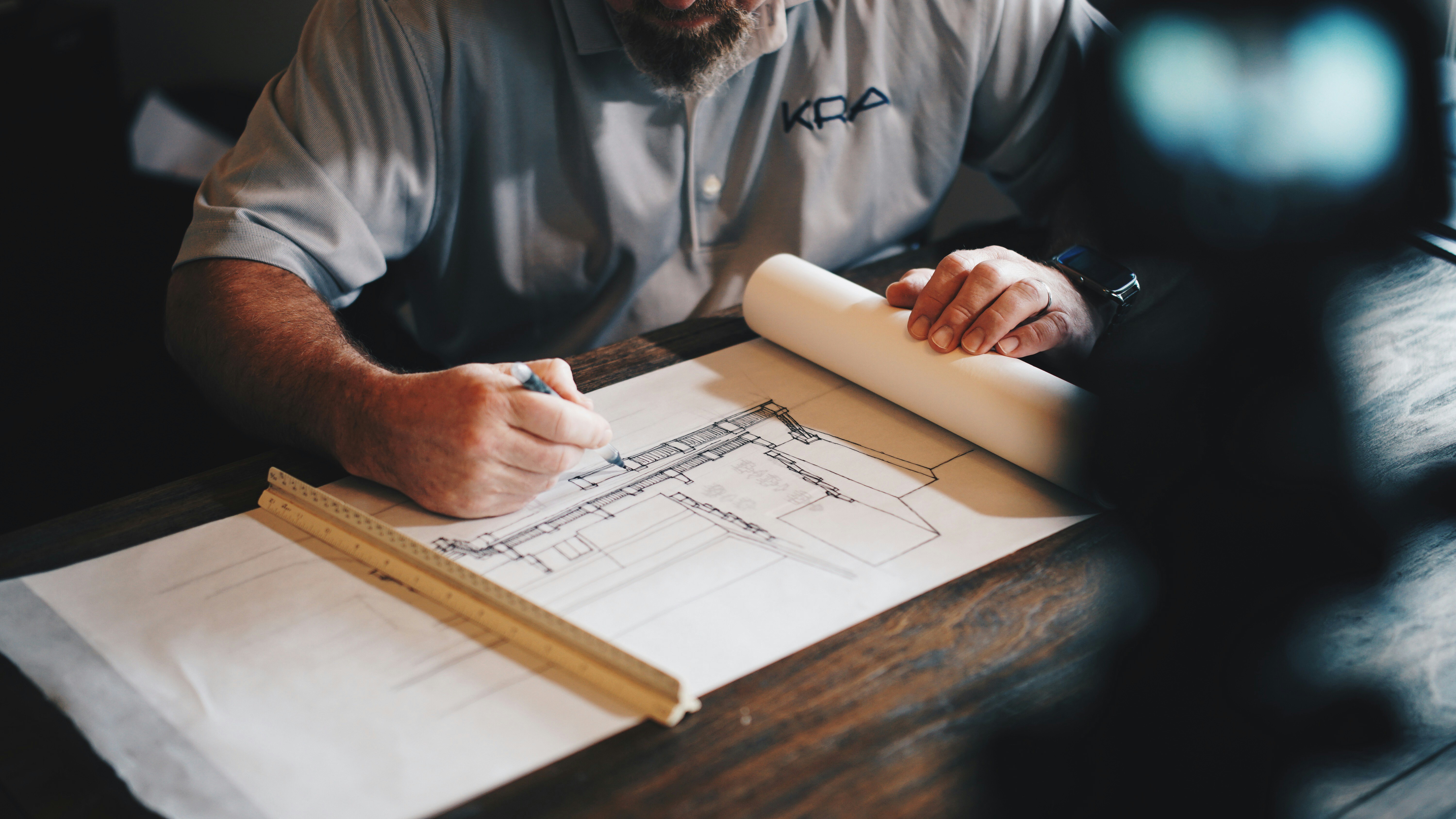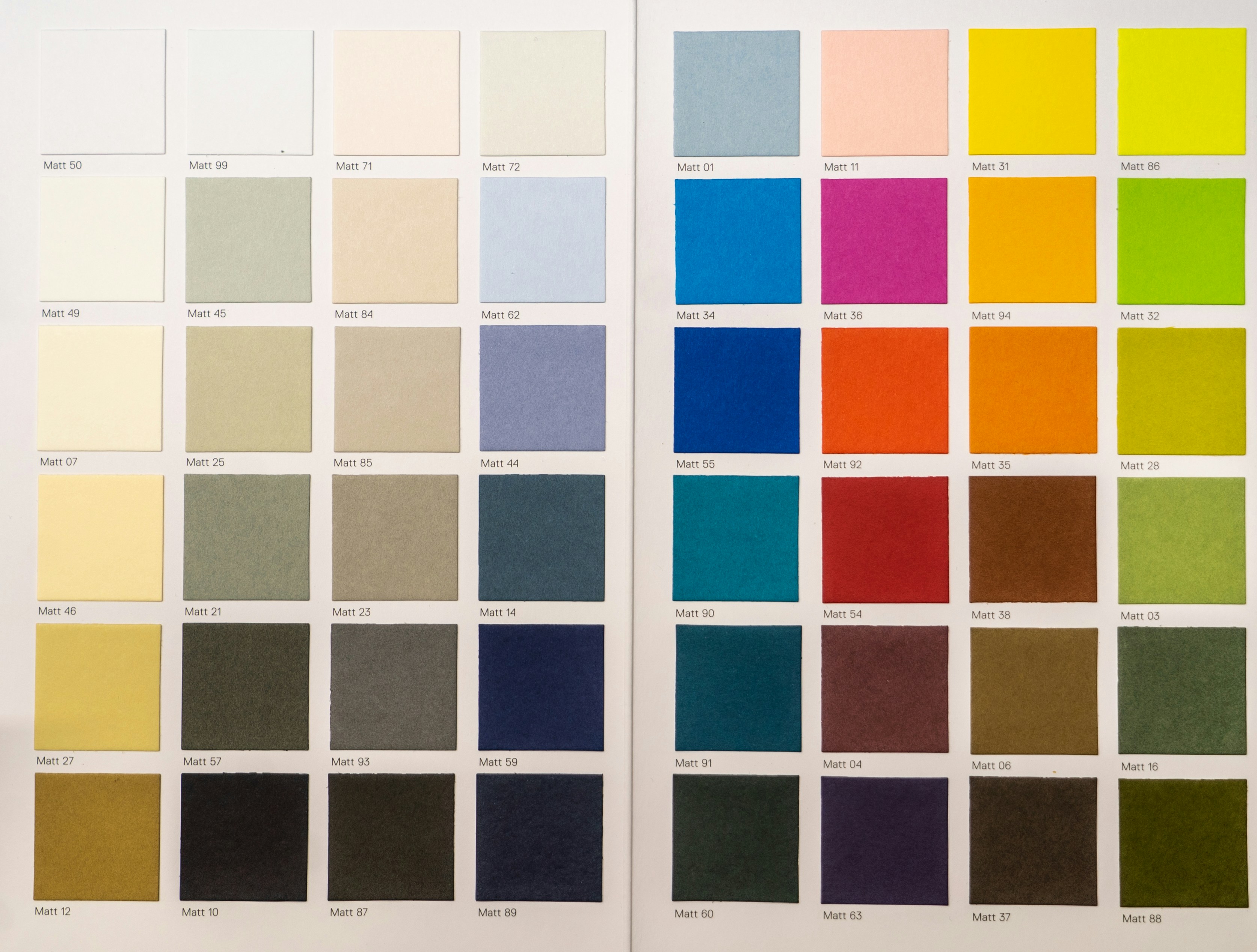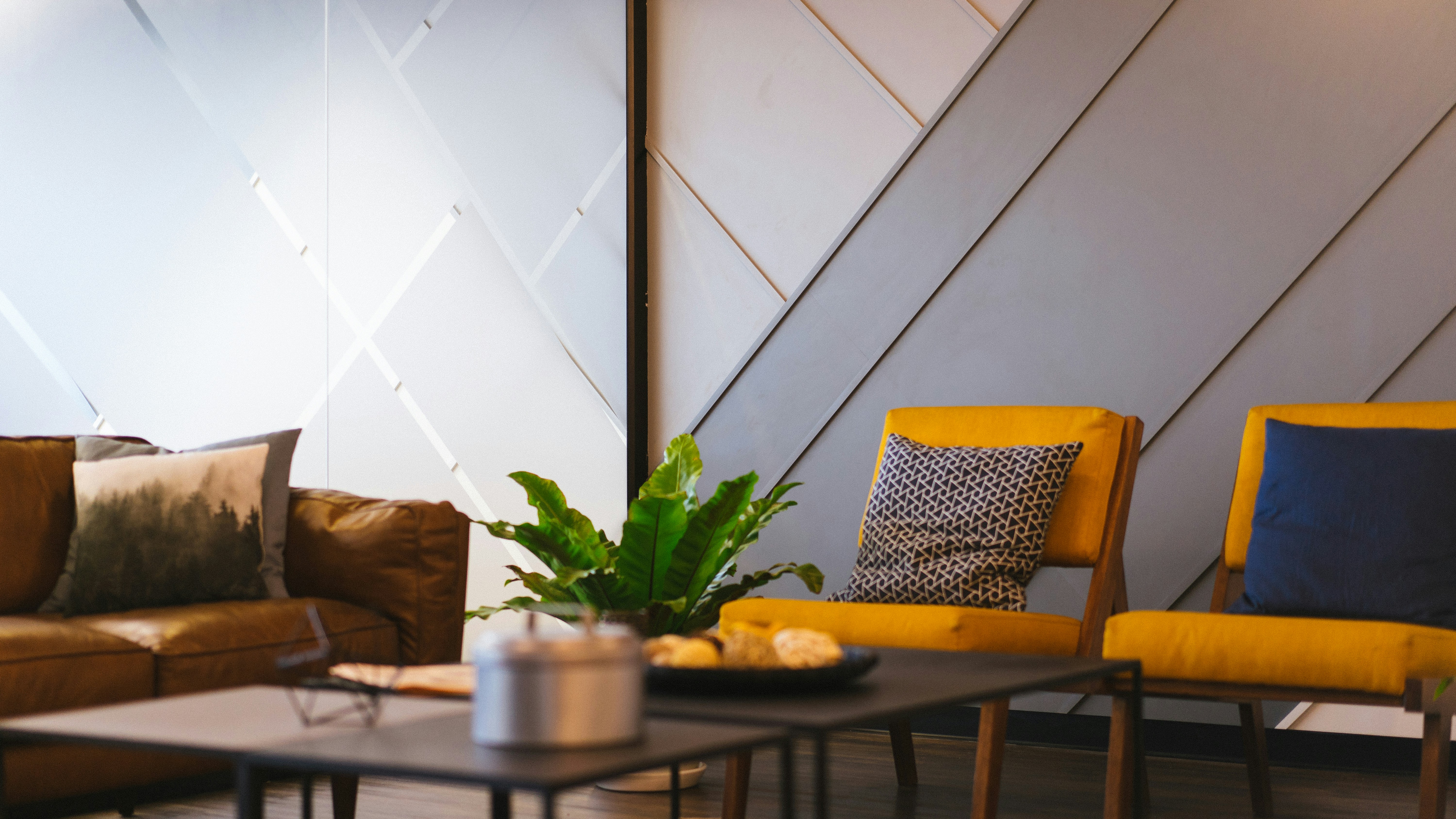Accessory Dwelling Units or ADUs are smaller living spaces that can typically be found on lots that already house a single-family home. ADUs are sometimes referred to as granny flats or in-law units but they can be used for so much more. Some home-owners find that their primary residence simply doesn’t offer them enough space to live.
In this case, an ADU can be used as a detached home office, a secondary living room, or even an exercise room. Whatever you decide your space will be used for, it’s important to make sure that you have done your research and know what your state law says about building ADUs. Then, you can begin the fun part: building and designing your new accessory dwelling unit.

Research Construction Laws
As we mentioned, the first stage of any ADU project will have to be researching. In many cities and states, you can’t simply begin construction. You’ll need to be in compliance with state laws as well as local government ordinances. In an effort to address housing shortages, California has passed state-wide policies that allow for building ADUs and city governments have adopted these ordinances.
In Los Angeles, the minimum size of an ADU is 150 square feet, unless the ADU is attached. The maximum build size cannot be larger than 1200 square feet. In San Diego, the ordinances are the same. However, in states such as New York, there has not been a movement to pass overarching policies to allow for the kind of affordable housing that accessory dwelling units provide.
In these cases, you’ll likely have to overcome restrictive local zoning in order to build your secondary dwelling space. Wherever you live, it’s a good idea to work with professionals who can help you expedite building permits and who understand your cities own ADU ordinance. If you’re building an ADU in Southern California, consider searching “ADU Los Angeles” in order to find the most experienced builders and designers who can help get your project off the ground.

Define Your Space
With a design team and a working knowledge of local building laws in your back pocket, you can start the design and build process. Decide early on what you want the space to be. Your ADU can’t serve every purpose. Do you want to make an income from your detached ADU? Maybe make it an in-law apartment that can also be used as an Airbnb. Perhaps you want a place to relax away from the main house. Consider making it a multi-use work and relaxation space. Whatever your choice may be, deciding what you want your new ADU to be is the jumping-off point for the rest of the project.

Set Your Budget Early
In addition to defining your space’s purpose, it’s key to set your budget very early. It can be so easy to only loosely define how much you’re willing to spend on the build and design of your granny pad. However, you’ll find that if you don’t set a hard budget for the project as a whole, you’ll have spent more than what you’re comfortable with before you’re even ready to look at rugs and furniture. If you’re not sure how much you’ll need to spend to achieve your vision, consult with your builder and designer. They can usually help set your project’s scope and budget with you during a free consultation session.

Choose a Color Palette
This part is both the easiest and most important part of any design. It’s well known that color can impact your mood. Red, orange, and yellow can be invigorating and energizing. Meanwhile, if you want to create a space that is relaxing, then you should consider a combination of green and blue. Alternatively, you can always go for a neutral palette of creams and whites and purchase pillows and rugs that bring color into your space in a temporary, flexible way.

Find the Best Furnishings for Your Style
After you’ve selected your color palette, you can begin to purchase your furniture! Whatever you are using your ADU for, make sure that you invest in only the finest luxury furniture. After all, you’re investing in this secondary space. Unlike your primary dwelling, this space is unlikely to experience a high volume of foot traffic. Honor the investment you’re making by choosing your room furniture with care and don’t be afraid to spend a little more on this space’s furniture than you normally would.
Building a detached ADU is a great way to expand your main residence’s livable space or to add equity to your lot. Whatever reason you may have for designing and building an ADU, it’s important to work closely with a professional team and to only use the best materials.







